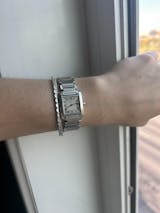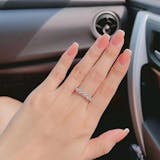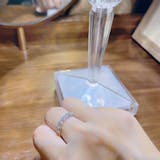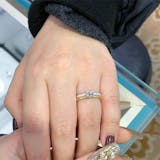From start to finish, the customer service was amazing. The communication with the seller felt so friendly and genuine. They made the whole experience personal and thoughtful. My custom necklace turned out absolutely perfect. It was just the delicate, dainty piece I was hoping for. I couldn’t be happier.
Bracelet is perfect and jewellers were very helpful and responsive throughout the process




